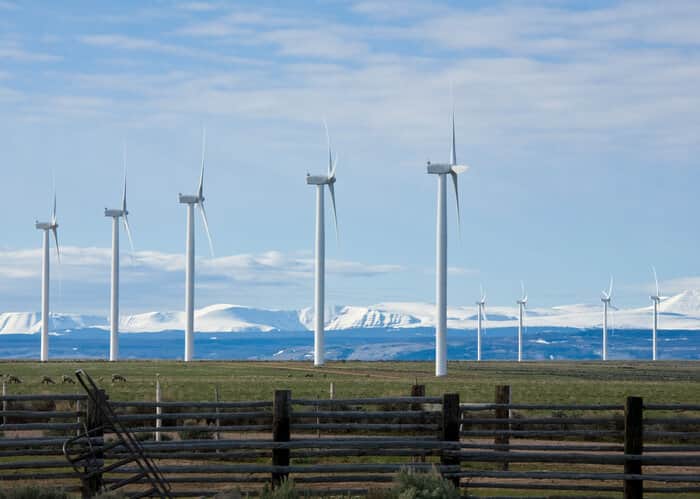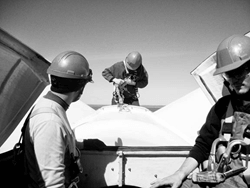As installed offshore wind capacity continues to grow and market share increases, the banking sector will continue to become progressively more involved in the wind industry, according to Frost & Sullivan, a global growth consulting firm.
The offshore wind industry is expected to grow in relation to its bigger counterpart, onshore wind. While onshore wind will always occupy a major share of the wind energy market, offshore wind will become a more substantial contributor of electricity generated from wind by 2020. According to Frost & Sullivan estimates, installed capacity of offshore wind is expected to grow from 1.3 MW in 2008 to 18.8 MW by 2015.
‘The banking sector's interest in the offshore wind industry has been accelerating rapidly in the past year – and more so since the second half of 2009,’ says Gouri Kumar, industry analyst at Frost & Sullivan. ‘This interest can be attributed to two primary factors: the irrefutable size, potential and opportunity that the industry presents, and the pre-existing involvement of both government and investment banks in efforts to rescue some of the most important projects last year.’
Bank involvement in the European offshore wind industry is a relatively new phenomenon. In the past, very few banks were involved in this industry, as the risk factor was relatively high in comparison with the more mature onshore wind sector. Among inherent risks were a lengthy permitting process, wind turbines being placed in very harsh environments, higher project economics and more expensive operations and maintenance.
However, this risk is abating, as countries like the U.K. and Germany spearhead efforts to reduce costs related to turbine technology and various components, as well as easier installation methods and better accessibility.
SOURCE: Frost & Sullivan



